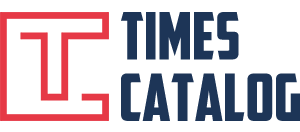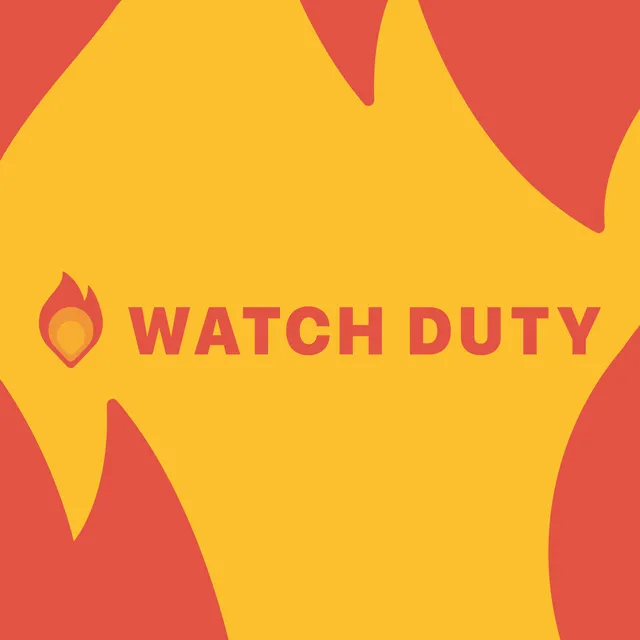We view what we are doing as a public service,’ says the cofounder of the nonprofit that millions of people are relying on to stay safe.
For residents of Los Angeles, the name Watch Duty has become synonymous with survival during wildfire season. This free app, which provides real-time updates on active fires, mandatory evacuation zones, air quality, wind direction, and other vital information, has become an indispensable tool. It’s relied upon by everyone from firefighters to everyday citizens during this week’s historic and devastating wildfires.
What sets Watch Duty apart in the crowded tech world is its laser focus on one mission: delivering accurate, life-saving information as quickly as possible. Forget user engagement metrics, ad revenue, or invasive data tracking—this app is powered by a 501(c)(3) nonprofit and designed with simplicity and purpose. Its popularity reflects its utility: over 1 million people downloaded the app in just the past few days, propelling it to the top of Apple’s and Google’s app stores.
Why Watch Duty Works
At the heart of Watch Duty’s success is its simplicity. The app doesn’t collect user data, show ads, or even require a login. Maintained largely by a dedicated team of volunteer engineers and reporters, its straightforward design has likely saved countless lives. While it’s free to use, Watch Duty accepts tax-deductible donations and offers two membership tiers. These paid options unlock additional features such as a firefighting flight tracker and the ability to set alerts for more than four counties.
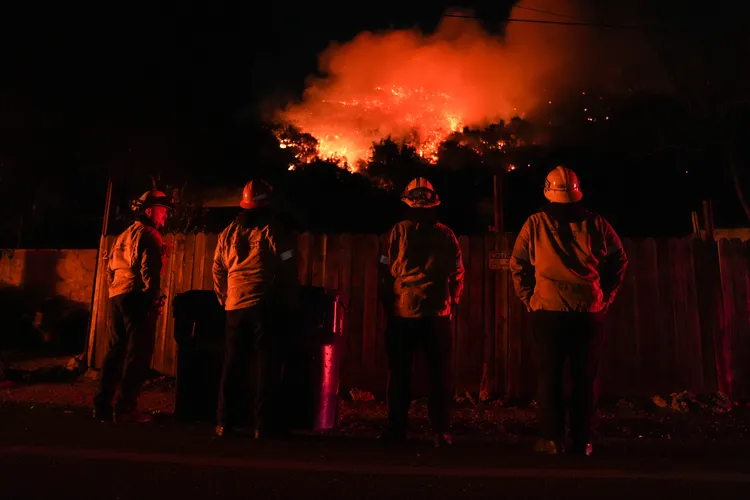
With plans to expand nationwide and internationally, including into other emergency services, Watch Duty could eventually replace many of the slower, less reliable government alert systems currently in use.
An App Born From Fire
The inspiration for Watch Duty came during a moment of crisis. Cofounder John Mills developed the idea while trying to protect his off-grid Sonoma County home during the 2020 Walbridge Fire, which claimed 33 lives and destroyed 156 homes.
“There wasn’t a single source for all the information people needed to stay safe,” Mills realized. He partnered with friend David Merritt, now Watch Duty’s cofounder and CTO, to create a solution.
“John pitched the idea to me four years ago,” says Merritt. “We built the app in just 60 days. It was entirely volunteer-driven, with no full-time staff. Simplicity was the key since most of the work was done by engineers as a side project.”
The patchwork nature of fire reporting—spread across social media platforms like Facebook and X, or through county-specific alert systems—often delays crucial updates. This fragmented system can have deadly consequences, especially during fast-moving fires like the Palisades and Eaton fires, which recently forced over 180,000 evacuations. Compounding the problem, government-run alert systems sometimes issue inaccurate notifications, creating mass confusion.
Watch Duty consolidates all this information into a single, reliable source.
“We see ourselves as providing a public utility,” says Merritt. “Everyone deserves timely, relevant information for their safety during emergencies. Government agencies mean well, but bureaucracy and outdated systems often tie their hands. We partner with them, but we focus solely on firefighting.”
Speed That Saves Lives
When it comes to wildfires, every second counts. Flames can move with terrifying speed, consuming homes and forests in minutes. For example, during the Palisades Fire, winds of up to 90 miles per hour drove the blaze to engulf over 10,000 acres in a single day.
Government alert systems often lag behind these rapid developments. “Some systems have a 15-minute delay for push notifications,” Merritt explains. “That’s unacceptable during a fire. Our goal is to send out notifications in under a minute.”
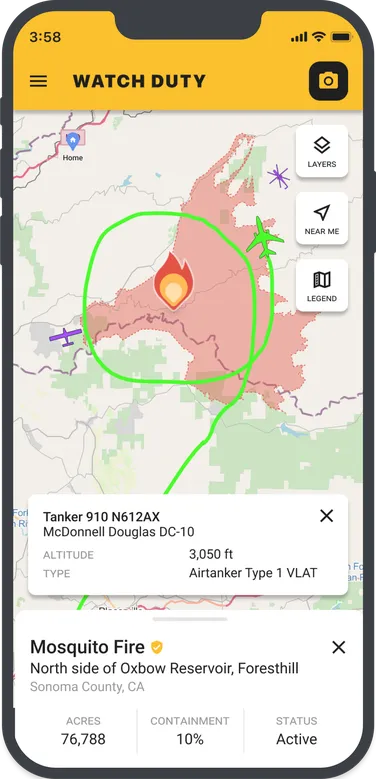
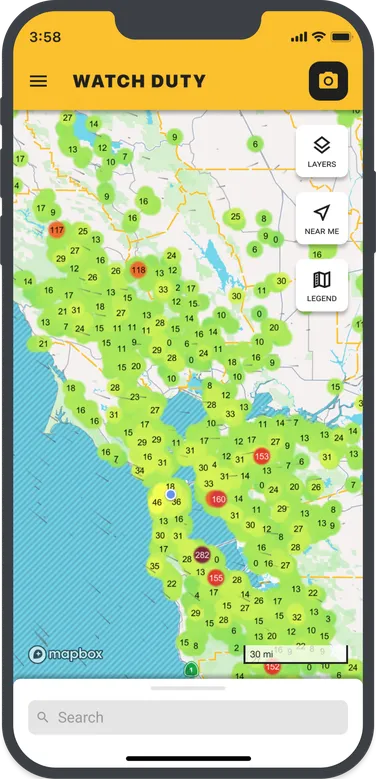
Watch Duty’s push notification system now serves 1.5 million people in LA alone, delivering updates with remarkable speed and reliability.
“People are getting these alerts almost simultaneously,” says Merritt. “That’s a critical improvement when minutes can mean the difference between safety and tragedy.”
Behind the Scenes: A Simple but Powerful Tech Stack
Delivering life-saving information to millions in real-time requires not just dedication but also robust technology. Watch Duty’s infrastructure relies on a combination of platforms, including Google Cloud, Amazon Web Services, Firebase, Fastly, and Heroku. While AI is used for internal processes, such as routing alerts and emails, the app’s updates are primarily driven by human effort.
Volunteer reporters, listening to police and fire scanners, play a crucial role. They coordinate coverage through Slack and adhere to strict guidelines. “We prioritize quality over quantity,” Merritt emphasizes. “We never report on injuries or specific addresses. Our focus is solely on actionable information.”
Despite its rapid growth, Watch Duty boasts an impressive 100% uptime. While it began as a volunteer project, the nonprofit has gradually added full-time staff to manage its increasingly complex operations.
“We still rely on volunteers,” Merritt says, “but as we grow, we’re investing in rigorous processes and experienced engineers. Our focus remains on delivering reliable information, not keeping people glued to their screens.”
Building Trust in the Tech World
Watch Duty’s approach is refreshingly countercultural in today’s tech industry.
“We don’t want you spending hours in the app,” Merritt says. “You get the information you need, and then you get out. We limit photos to those offering valuable context. There’s no doom-scrolling here.”
Unlike other apps, Watch Duty has no plans to monetize through ads or data tracking. Its funding model relies on donations and grants.
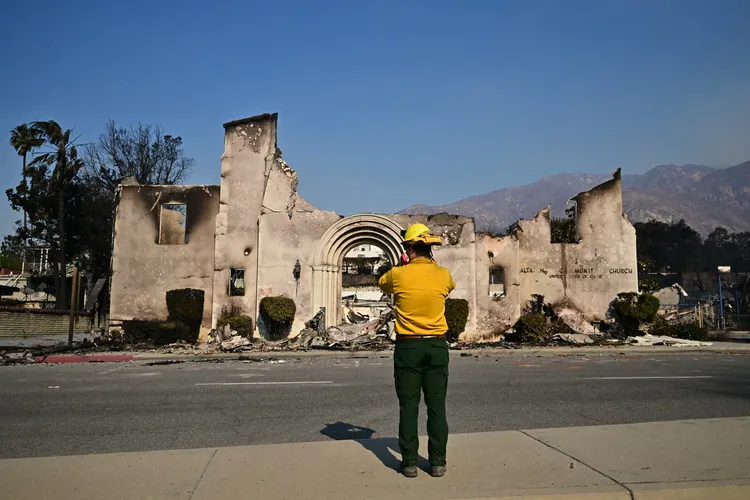
“If you build something well, the funding will come,” Merritt says. “This is the opposite of most tech. We prioritize the mission over metrics.”
Preparing for the Future
While Watch Duty currently pulls data from public sources like the National Weather Service and the EPA, Merritt is prepared for any challenges that might arise.
“Even if policy changes make access more difficult, we’re ready,” he says. “We already buy some of this data, and we’re prepared to cover those costs as we expand nationwide. Our operational expenses mostly go toward salaries for top engineers and maintaining a solid platform.”
With coverage across 22 states and plans for nationwide expansion, Watch Duty is becoming an indispensable tool for millions.
“We’ve seen 1.4 million downloads in the past few days,” Merritt shares. “And we’ve only received 60 support tickets. That tells us something is working.”
A Lifeline for LA and Beyond
As wildfires become more frequent and severe, Watch Duty is proving to be more than just an app. It’s a lifeline for communities across California and soon, the entire country. By focusing on simplicity, accuracy, and speed, Watch Duty is setting a new standard for emergency response technology.
